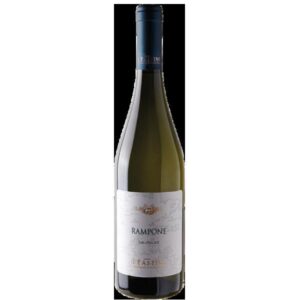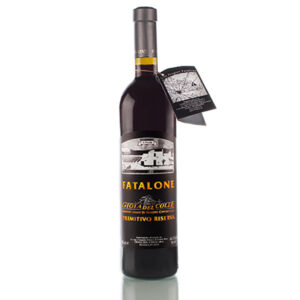Puglia
Historically, Puglia has produced enormous quantities of wine used as vino da taglio (bulk wine) for blending elsewhere in Italy and Europe. Yet in the past twenty or thirty years, the intense flavours and striking colours of Puglia’s flagship red varietals Negroamaro, Primitivo and Nero di Troia, have begun to be appreciated in their own right, with disciplanari bringing consistent high quality to the fore. Whites and rosés have been part of the same journey.
Puglia, in the very south east corner of Italy, is a fertile region made in large part from a particular erosive process, which leaves a landscape of rolling plains, caves and subterranean rivers called karst.
The proximity of the sea moderates the climate of most of the region, which is otherwise hot and dry. Interestingly, winter easterly air currents bring snow to the karst Murge plateau which straddles most of the eastern central area of the region.
Much of Puglia is covered with well-drained terra rossa, iron-oxide rich soils. Water stress can be a problem as these retain little water.
As alluded to above, nearly three-quarters of Pugliese production is of red grapes. The three key varieties for quality are named above: in addition Montepulciano and Sangiovese are found for use in bulk wines and the regional IGT. White varieties are dominated by Malvasia Toscano, Malvasia Giallo and Malvasia Abruzzese – however, in terms of qualitative interest, Minutolo, Bombino Bianco (for sparkling wines) and Verdeca are some of the noteworthy indigenous varieties.
Other interesting features of Pugliese scenery include the traditional trulli houses (left) and the alberello (individually-staked) and tendone (overhead) vine training systems.
Rosato (rosé) wine plays an important role in Puglia, a tradition which started with the Romans’ method of pressing grapes with minimal skin contact.
Showing all 5 results





